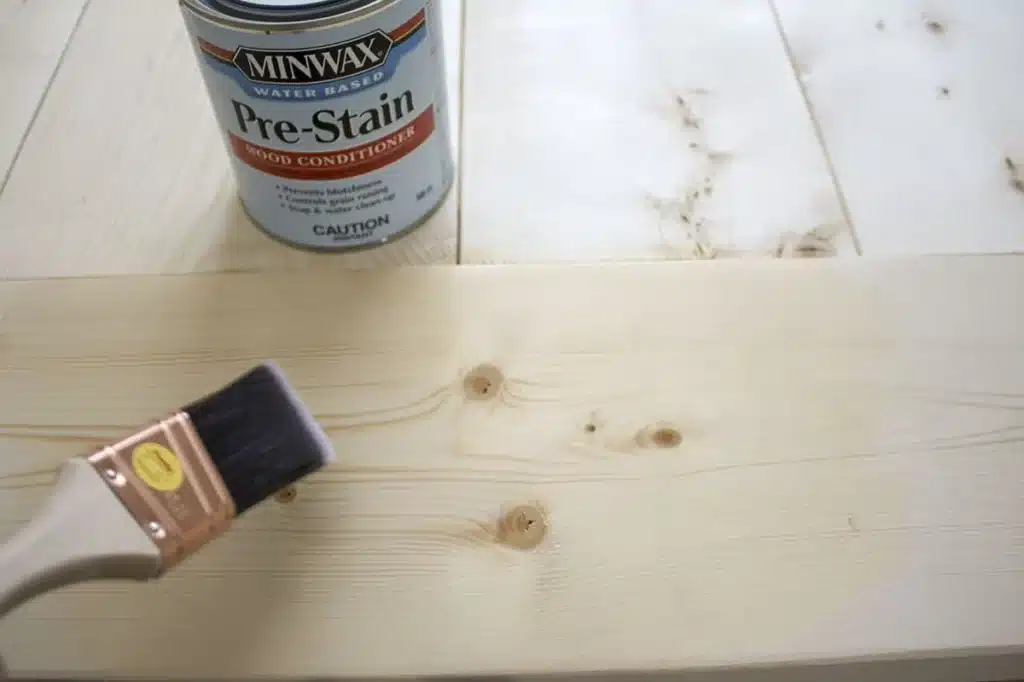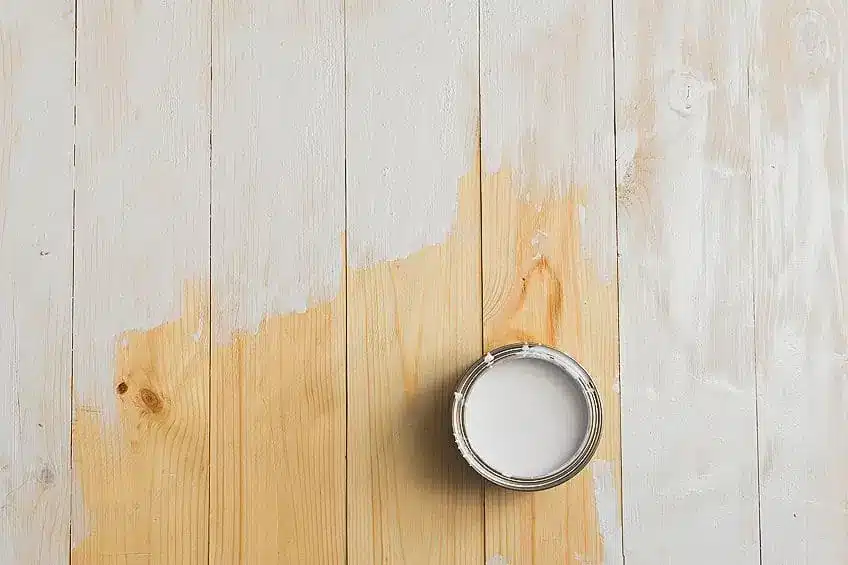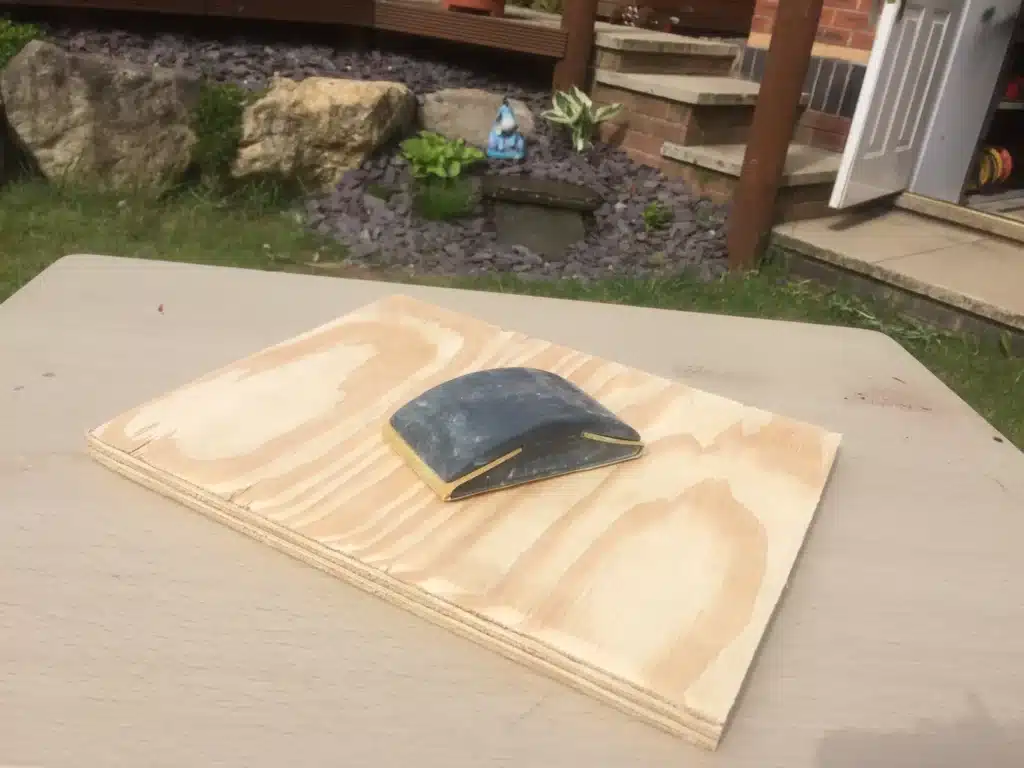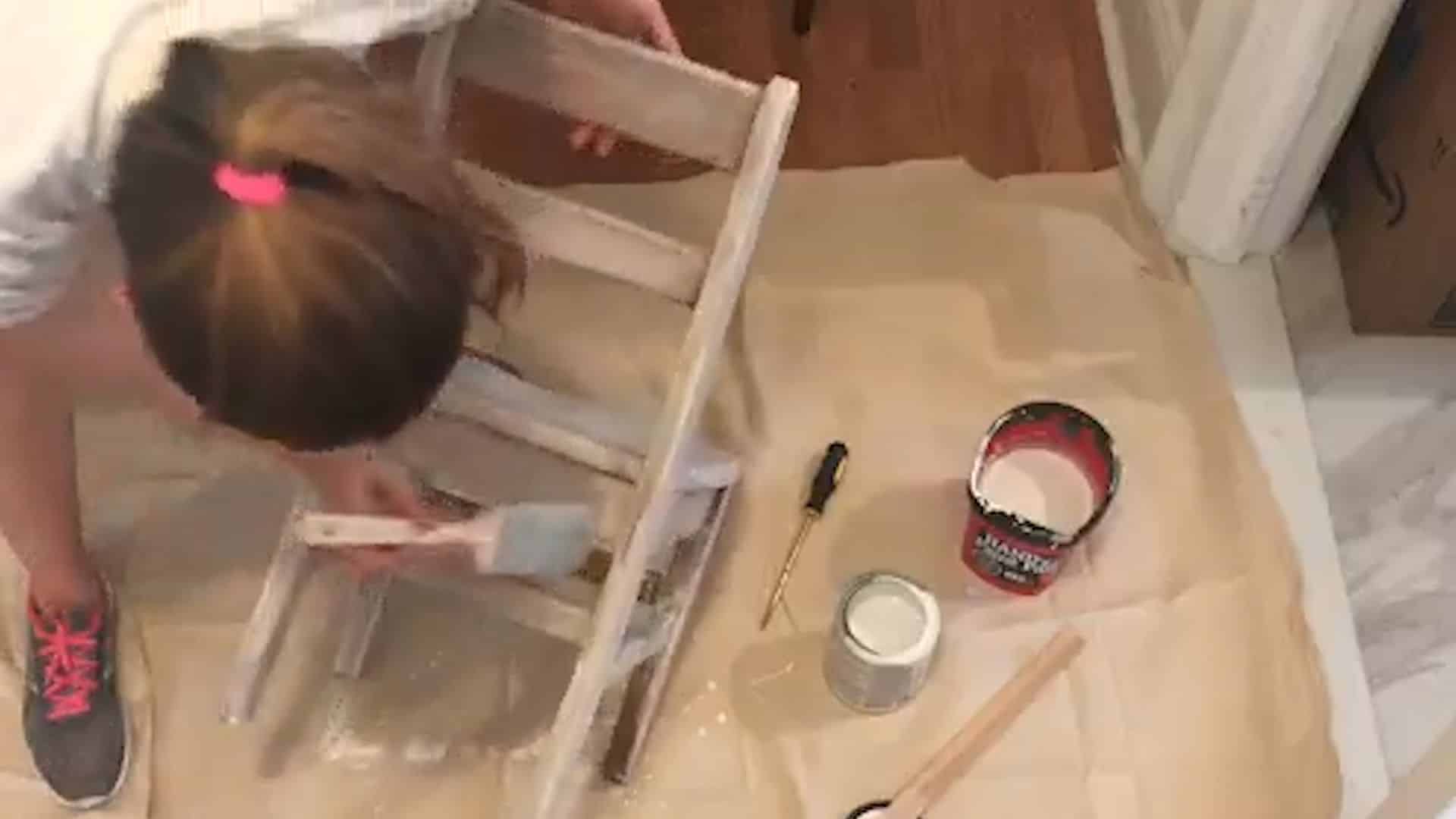Effective Whitewashing Techniques: Transform Your Furniture
Are you planning to upgrade your furniture or just add life to the existing furniture pieces, as they look boring now? Whitewashing furniture is the simple solution to the confusion and urge to give makeovers to your existing furniture.
Whitewashing furniture is a very easy and versatile process. Painting and whitewashing the house can be fun and is a creative way to brighten up the aesthetics of the house. Whitewashing furniture is an amazing way to add rustic charm and warmth to the wooden piece.
It gives a new life to any old wooden furniture and upgrades the complete look. Let’s see all the steps of whitewashing furniture in detail, along with all the supplies required for the process.
Techniques Similar to Whitewashing Furniture
Before getting to know the complete process of whitewashing furniture, let’s learn about some techniques similar to whitewashing. There are various techniques that give the same amazing results as whitewashing but are done differently. To decide on which technique to implement, it is important to know what are the desired results.
If you have a clear image of what kind of results you want, then you can plan which technique to use based on the requirements.
Some techniques similar to whitewashing furniture are as follows.
- Ceruse is a white lead-based pigment that is used to give a decorative finish to furniture. This results in a weathered white finish suppressing the original color of the furniture, emphasizing the texture of the wood. The cerused wood technique is an alternative to whitewashing furniture.
- The lime wash technique is ideal if you are looking to achieve a natural look on your furniture. This technique gives a softer color to the furniture as compared to traditional paints or stains. It gives the appearance of an aged finish adding charm and character to the existing furniture piece.
- Color washes to the existing furniture are easy to apply without the need for extra materials or complex techniques. It requires a simple mix of desired paint shade with water and layers your furniture from time to time. Once completely dried, the furniture pieces will transform into a vintage beauty.
- You can get an amazing picked look on your furniture using a clean, dry rag pickling solution. The pickling solution is rubbed into the wood against the grain. Using a fresh rag wipe to remove excess and expose the grain. Work in patches and cover the complete surface of the furniture evenly. Let it dry overnight.
- Household chlorinated bleach is effective in lightening up the dark tone of the wood but will not remove the wood’s natural color. The bleach technique will remove the greenish-grey coloring of the wood, returning the furniture to its natural wood color. Chlorine bleach removes stains and discoloration in the wood.
Things Required for Whitewashing Furniture
When you plan on whitewashing furniture, it is important to be well aware of all the supplies required to do so. There are some things necessary when you are planning to whitewash wood furniture and achieve amazing results.
Whitewashing is a simple process, so it doesn’t require a lot of supplies for amazing results. Shop them today and give new life to your existing furniture. Now that we have all the things that we need for whitewashing furniture let’s see all the steps of the process in detail.
How to Prepare for Whitewashing Furniture?
There is some preparation that needs to be done in advance when you are planning on whitewashing your furniture, whether the stain on your furniture is new or old. Whitewashing furniture means creating an appearance of weathered wood. The final result of the whitewashed furniture is somewhat like a white wood stain applied over the piece of furniture.
To start the process of whitewashing furniture, you need to use sandpaper to remove the scuff from all over the furniture surface but not so rough as to scratch it up. Work in one direction as the grain goes and slowly sand the complete surface of the furniture. By the end of the complete process, the furniture will look quite dusty. Once the process is completed, clean all the dust from the furniture thoroughly. Your whitewashed furniture is ready.
How to Whitewash the Furniture?
To whitewash furniture, one needs some paint, brush, and sandpaper. Usually, soft white chalk mineral paint is preferred. Take the wood paint in a small plastic container and add water to it. Stir water and paint properly in a roughly 1:1 ratio. The more the volume of the paint, the darker the whitewash will be as a result.
Now, grab the paintbrush with soft bristles. With this brush, apply paint on your furniture piece and make sure to work in sections for a clean finish. Don’t cover the entire surface in one go. The first coat may look messy as diluted paint is quite watery and leaves water drips, uneven brush strokes, and missed spots. No need to worry; some more paint coats will result in a completely finished look.
The first coat of whitewashing furniture or weathered wood is that you can gracefully embrace any imperfections of the furniture. This first coat gives the furniture a soft, rustic white-wash wood stain look.
This is the general overview of whitewashing furniture. Now let’s see the step-by-step guide to the process of whitewashing furniture.
Steps for whitewashing furniture with amazing results include-
1. Prepare the Furniture

Before starting the process of whitewashing furniture, it is very important to prepare the surface. Sand the complete surface thoroughly, which will ensure that the paint will adhere to the surface. Application of sandpaper will get any traces of sealant and previous paint off the furniture. After doing this, wipe the item with the rag.
2. Paint

Now, the next step is painting the furniture. Paint the furniture piece with a quick coat using a roller and need not be perfect. After completing painting the surface, mix water and paint in a roughly 1:1 ratio. Apply the coat of this diluted paint over the initial coat. Let it dry.
Then it is now turned for whitewashing. Before starting it, apply one more coat of diluted paint over the furniture to add to the overall look of the whitewash.
3. Sand

When the paint on the furniture is completely dry, sand the complete surface with 250 to 300-grit sandpaper. Sanding the furniture piece will reveal the paint layers from deep beneath the surface of the furniture and will give the furniture a distressed look. This allows the person to see the original paint, along with the wood peeking out.
4. Finish

To complete the whitewashing furniture process, apply a coat of acrylic over the surface. You can paint using the roller to make the paint go on super fast. Sanding on the furniture at the end is beneficial even if the paint is not applied evenly and properly. The messy look of the paint gives a great look.
The whitewash of the furniture dries quicker than the normal paint as it is thinner.
What Kind of Paint Do You Use for Whitewashing Furniture?
For whitewashing furniture, water-based paint specific to furniture is preferred. Some furniture-specific water-based paints are acrylic, chalk, and all-in-one mineral paints. Oil-based paints are avoided, and any paint can be used. Usually, nowadays, people prefer white or neutral tones to enhance the aesthetics of the space.
Whitewash Wood Furniture for Breathtaking Results
Whitewashing furniture is a simple process with stunning results. It is a semi-opaque finish applied to the bare wood or existing furniture to allow the base coat or wood grain to be exposed. The steps to whitewashing furniture are discussed in detail in this blog. In case you have any doubts, comment without any hesitation. All the queries will be answered. So, what are you waiting for now?
Give a fresh touch to your furniture to bring life to it.







